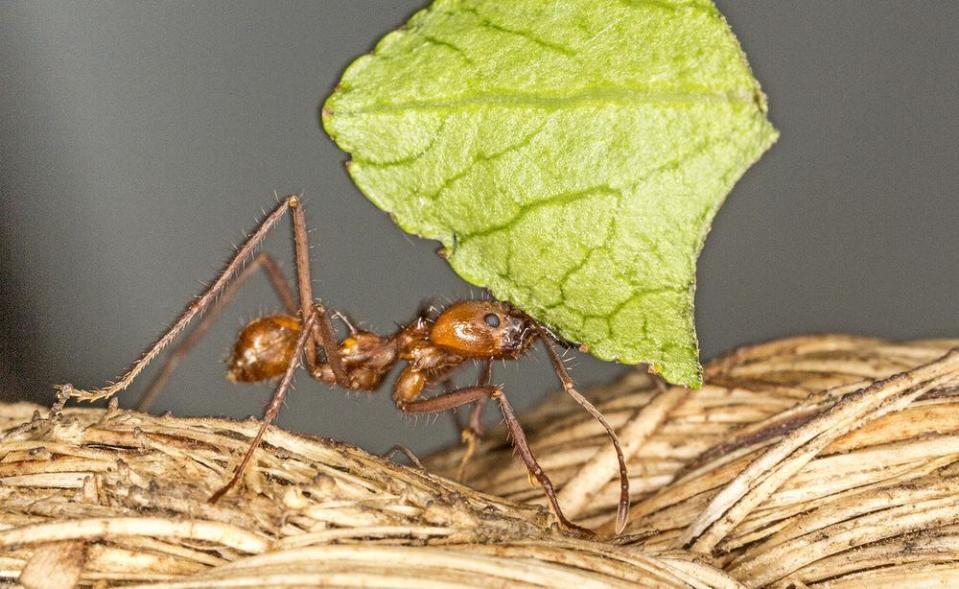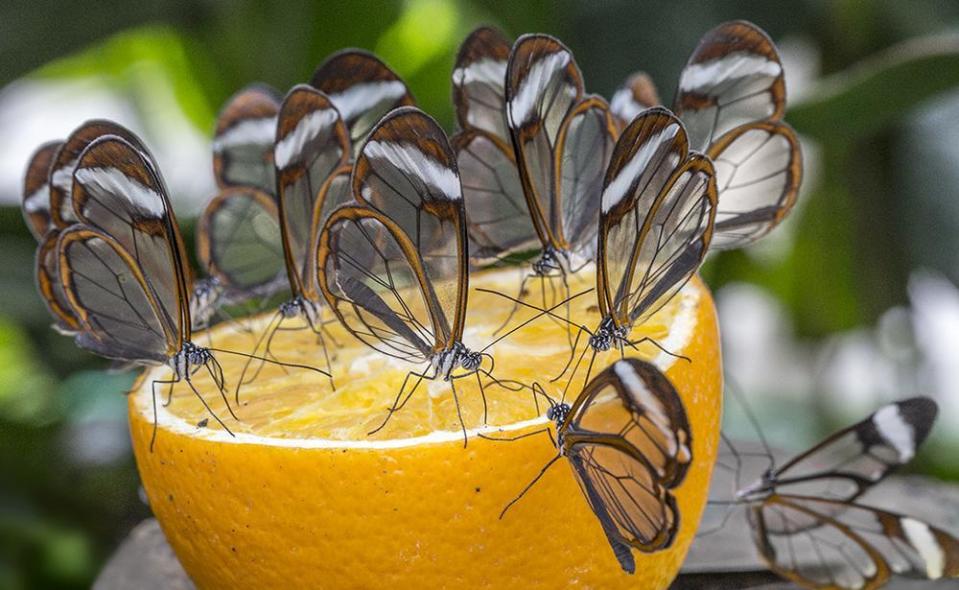Causing a flutter near London
Keith McDonald visits a UK attraction where butterflies and ants are thriving
The year after a wildlife disaster at an English tourist attraction, nature is striking back. The dramatic swings in fortune have been at Butterfly World, where the humble ant has been stealing the headlines.
Last year the entire colony of a million leafcutter ants in the Ant World section died after they nibbled through an electricity cable that was connected to a water tank regulating the temperature. Most of the ants were electrocuted. There weren’t enough left to make the fungus off which they feed and the colony slowly collapsed.
But Butterfly World, just outside St Albans, north of London, has recovered quickly. A reinforced tube now houses the cables, while a new colony of leafcutter ants from the rainforests of Trinidad is thriving.
The new colony began with a queen and 10,000 other ants, and is now estimated to have grown to 100,000 during the English winter when Butterfly World is closed. The attraction reopens on Monday. But as a queen can lay up to 150 million eggs in her 10-year life span, the colony will grow many times more.
Visitors can watch the ants moving around their U-shaped enclosure, carrying leaves that they transport to an underground nest where they cultivate subterranean “gardens” of fungus on the chewed leaves. Amazingly, they can carry between 10 and 20 times their body weight.
Butterfly World ultimately aims to be the biggest butterfly attraction in the world. To achieve that, it needs to raise about 12 million pounds ($23.3 million) for a 100m-wide rainforest biome which will be home to 10,000 tropical butterflies, hummingbirds, insects, spiders and tropical plants, with a walkway, caves and watercourses.
There is no target date for completion of work on the biome — it depends on the success of fundraising efforts — but once it opens and becomes established, Butterfly World hopes to boost annual visitor numbers from the present 100,000 to 350,000.
Clive Farrell, a butterfly fanatic and lepidopterist, was the initial driving force behind the project and although he is no longer the major shareholder, he is still very much involved. His dream was to create a butterfly tribute and a dedicated centre of learning for their preservation.
He has reared both British and tropical butterflies, and pioneered the creation of butterfly habitats. In 1979, he opened his first walk- through butterfly display, the London Butterfly House, at Syon Park, which closed in 2007. He has opened three more in Britain, one in Switzerland and one in Florida.
But his dream for the St Albans site is his most ambitious venture yet. He took an 11ha patch of scrub land that sits uncomfortably close to the M1 and M25 motorways, just off the busy North Orbital Road. Great for visitor access by car, but not great for butterflies, you would think. Wrong. At the peak of the season, the tropical butterfly house has about 600 butterflies from up to 40 species happily fluttering around, occasionally landing on delighted visitors. Outside in the wildflower meadows and gardens 28 native species have been recorded, undeterred by the area’s heavy traffic. That is more than half Britain’s total number of species.
“We monitor the native butterflies on site very closely and they have been increasing year on year,” project manager Ram Yaganti says. “We are particularly excited about the success as some of the native species recorded at Butterfly World are considered conservation priorities.”
Other attractions include a butterfly breeding house, an insect study centre, a lake, picnic areas and a children’s play area, plus, of course Ant World, which opened in 2011.
Butterfly World may be in the jaws of two of Britain’s busiest motorways and saddled with decidedly untropical weather, but it is shaping up as a nature-lover’s paradise.



